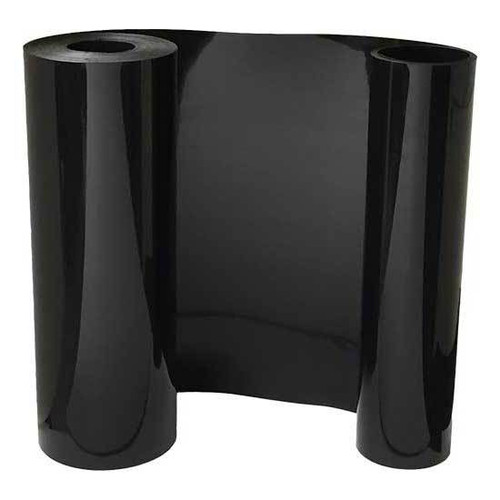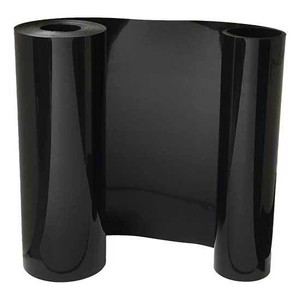40 mil HDPE rhizome barrier is designed to contain bamboo and other invasive species. The 40 mil thickness is widely recognized as the baseline thickness acceptable in effective bamboo containment.
Bamboo is a fantastic garden plant due to it’s ability to grow quickly and provide privacy as well as aesthetic beauty. When bamboo is left un-contained it can spread throughout a landscape providing a major maintenance issue as well as damage to hardscapes or other delicate plantings.
Our rhizome barrier is composed of heavy-duty HDPE and provides a smooth surface which acts as a very effective root-stop. The bamboo rhizomes (roots) will not penetrate the barrier but instead grow along the side of the barrier instead.











